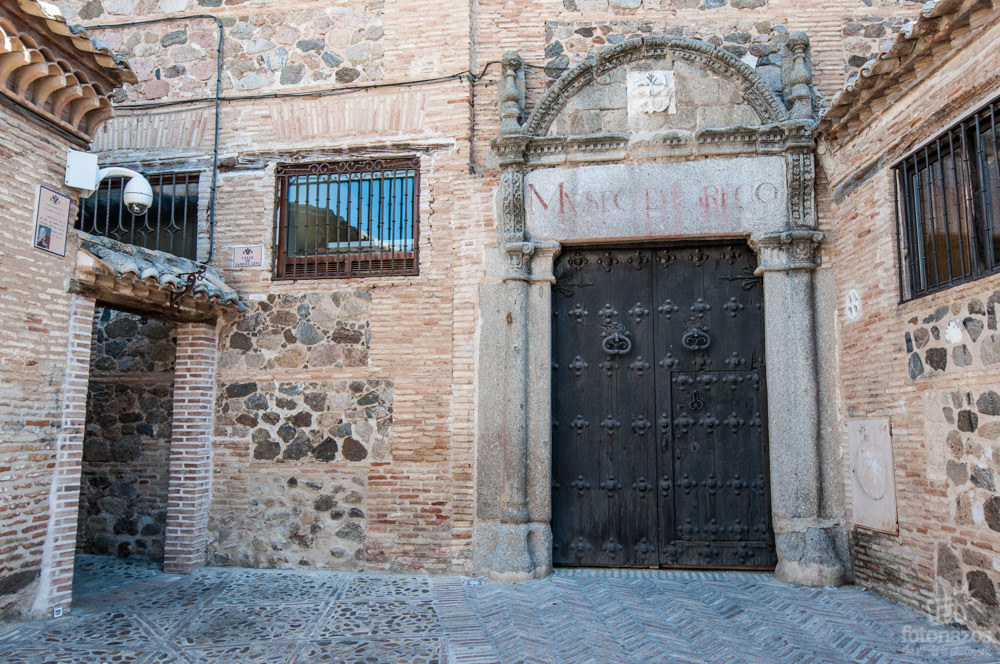During the Middle Ages, a time in which Toledo, Spain was under Muslim control prior to the Christian conquest, the city was home to large communities of Jewish, Muslim and Christian inhabitants, all living and working together in relative peace and harmony. This confluence of cultures and the resultant spirit of religious and ethnic tolerance, because it was so rare in Spain and Europe given the time, came to define the picturesque city of Toledo as a region of great diversity and cooperation. Today thousands of visitors flock to the city each year to visit the monuments and ancient structures that still survive from that time, including many that exist in the neighborhood known as La Juderia, or the Jewish Quarter.
La Juderia: Overview
Most of the Jewish contingent of Toledo during the Middle Ages lived in an area called La Juderia, or the Jewry, where they could work, raise families and practice their religion at one of the region’s 10 synagogues, without the fear of being persecuted for their beliefs. Much of this area has been preserved over the years and is now on display for tourists who share an interest in the history of the Sephardic Jews
The charismatic tangle of steep streets that comprise the Jewish Quarter transport visitors to the Jewish Toledo of the Middle Ages. The route begins at the renowned Plaza de Zocodover, the hub of the city for most of its history. Formerly known as Plaza Mayor, or Main Square, it has been the local meeting and gathering place for Toledo’s residents since medieval times.
The tour of La Juderia continues through an ancient maze of narrow streets, until visitors reach the Synagogue of el Transito. Founded in 1356 by Samuel ha-Levi, Treasurer to King Peter of Castile, it is one of two synagogues that still remain in Toledo. It is a brilliant example of the Mudejar style of architecture, and was converted into a church following the expulsion of the Jews in 1492. It is now home to the Sephardic Museum, where visitors can explore the history of Jewish Toledo through ancient artifacts and works of art.
From the Synagogue of el Transito, visitors can make their way to the Inquisition Museum, where they’ll have the unique opportunity to witness an exhibit known as the “Ancient Instruments of Torture.” The exhibit is divided into five thematic sections, each displaying a remarkable and soul-searching visual tour into the history of one of the most feared courts in history: the Spanish Inquisition.
The second and final remaining synagogue in Toledo, the Synagogue of Maria la Blanca, is the next stop on the tour. It is located in the heart of the Jewish Quarter, in an area known as Aljama. It was built in the 12th century, also in the Mudejar style, and received its present name when it was converted into a church in the late 15th century under the Order of Calatrava. Today the synagogue is a museum and home to many cultural events and festivals celebrating important days on the Jewish religious calendar.
If you lack the time during your stay in Toledo to take a walking tour of the Jewish Quarter, we recommend you at least head to the Mirador de San Cristobal, where you can get a bird’s eye view of the entire neighborhood. The quarter stretches from Calle Taller del Moro to the city walls at the Puerta del Cambron, the lone city gate where vehicle access is permitted.



